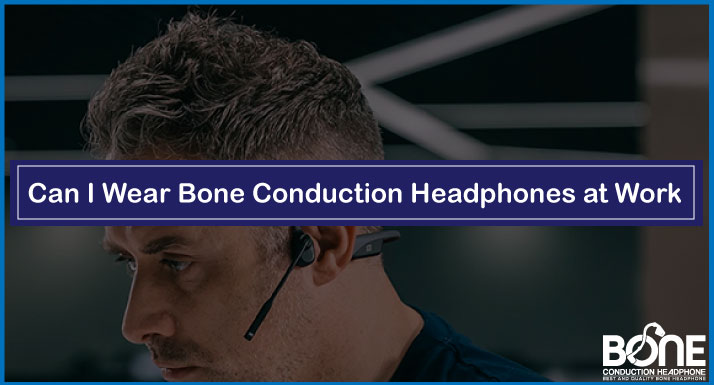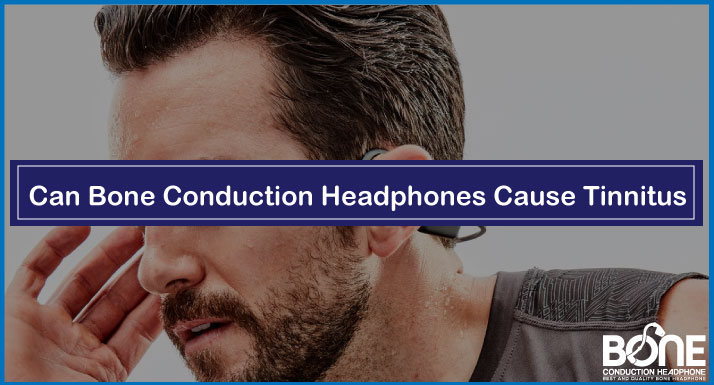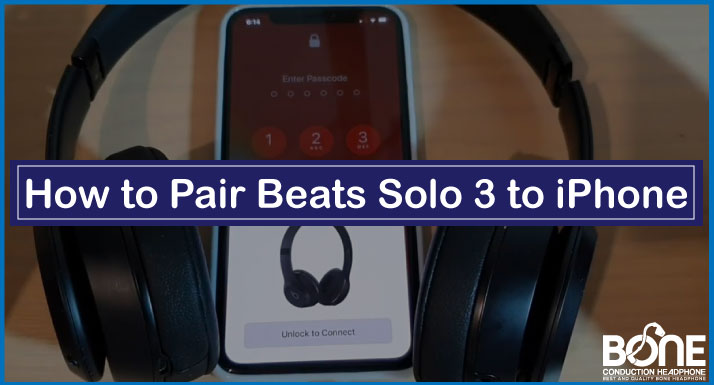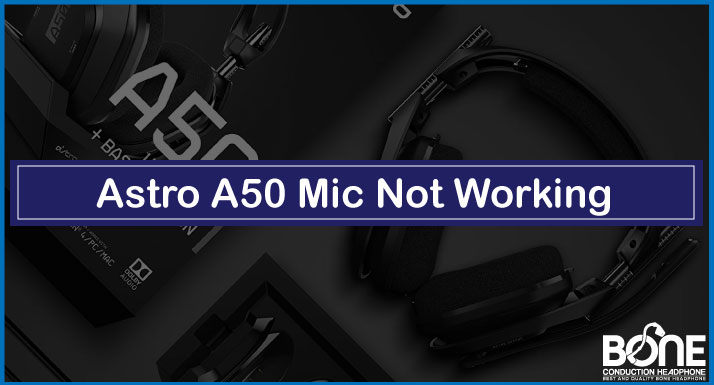Does bone conduction sound scary to you? Are you concerned about getting cancer from using them? I have been using AfterShokz Aeropex for a long time and am healthy and fit. Everyone looks for good and bad any product, and so do I, and I have listed the bone conduction headphones pros and cons.
The bone conduction headphones were designed to facilitate people with hearing loss or tinnitus. They are also ideal for athletes as they can use these headphones during workouts. How do bone conduction headphones work? It uses the bone as the medium to transfer the sound vibrations, and the cortex decodes it to the music we listen to.
We have prepared this article so you can be informed about the pros and cons of bone conduction headphones and decide whether you want to buy them. Moreover, you will know about severe health risks later in the article.
Bone Conduction Headphones – Pros vs. Cons
Regarding the advantages and disadvantages of bone conduction headphones, I found several things beneficial and very few that are pretty harmful. So let’s get into the details to study what these headsets are like deeply.
Pros of Bone Conduction Headphones

The perks of buying bone conduction headphones are quite a lot and quite massive perks as well. You can’t rule them out or say they aren’t worth it.
Let’s examine the advantages of buying bone conduction headphones and the details.
Ideal for People with Conductive Hearing Loss
The main benefit of bone conduction headphones is for people experiencing conductive hearing loss and using hearing aids can now hear. I have seen people enjoy music again because of bone conduction headphones, which was impossible before these headsets.
Awareness About Surrounding
If you are a cyclist or a runner, now you need nothing to worry about the traffic and surroundings. With traditional headphones, you’ll probably enjoy your music while working out or walking, but you’re also exposed to the risk of accidents. The bone conduction headphones keep you aware of the surroundings to keep you safe.
Perfect Fit/ No Ear Fatigue
After using the traditional headphones, you might develop tinnitus or ear fatigue. Unlike conventional headphones, your ears won’t feel sore after wearing bone conduction headphones, even if you wear them for a long time, as there will be no cushion sweat. These headphones fit comfortably against your face, meaning they would stay still while you can move around freely.
Wireless and Waterproof
I like that these headphones are wireless, letting you move freely without being stuck in one place. Models like Tayogo Waterproof Bone Conduction Headphones bring waterproofing to my swimming routine.
Unconventional Design
What do you expect more from these trendy headsets? The unconventional and out-of-the-box design makes it eye-catchy and suits my fashion sense. I always wear them to my night outs, making me the point of attention.
Less Maintenance & Cleaning Routine
The bone conduction headphones have no such problem since they go above the cheekbones and deliver the vibrations directly to your inner ear; you won’t have to worry about cleaning them now and then.
No Ear Infection & Sweat
Since the traditional headphones head straight into your ear canal, which can be messy sometimes, and to make things worse, if multiple people use the same headphones, there are chances of ear infection.
Are bone conduction headphones good for you?
In a word, the bone conduction headset goes past the external and middle ear, which can help those with hearing loss hear better. The vibrations pass through the bone (cheek or Jaw Bones/ Skull) and reach the inner ear to produce sound.
Bone conduction headphones are the perfect gear for people with hearing issues. If you are a swimmer, runner, skateboarder, or even gym enthusiast, you can rely on these perfect headphones for listening to your favorite music or podcast.
Cons of Bone Conduction Headphones

No gear is perfect, and bone conduction with so much good has some downsides that I couldn’t ignore. With attention to detail, let’s look at the bone conduction headphones side effects and how someone can avoid these problems.
Not the Best Audio Experience
When I wore Shokz bone conduction headphones for a gym session, I learned that sound quality is not the central aspect of these headsets. By the grace of God, if you don’t have any hearing disability, the bone conduction headphones aren’t the best options for you. Your ears will pick up other auditory sounds in addition to the video when you wear these headphones.
Solution: To avoid this, you need to increase the clamping force by pressing the headphones’ headband- which sometimes hurts.
Damage Cochlea
Despite the different designs of bone conduction headphones, some scientists believe that the sound travels through the same path, impacting or damaging the cochlea, which can result in hearing loss. Although the bone conduction headphones aren’t going through your ears, you can still have some hearing losses, like noise-induced hearing loss(NIHL), if you use these headphones at a high volume.
Solution: Avoid continuous and frequent use of bone conduction headphones.
Lack of Privacy
One of the main cons of bone conduction headphones is the lack of secrecy and privacy. If people are close to you or your headphones are loud enough, others can hear what you hear since these headphones rest on your cheekbones rather than inside your ears.
Solution: Adjust the volume to the optimum level.
Price
Since bone conduction headphones are designed for people with hearing issues, indicating that they provide medical assistance, their prices can sometimes be pretty high.
Solution: No solution, as new tech and best bone conduction headphones, come at a decent price.
Bone Conduction Headphones Health Risk
The main concerns that people showed about using bone conduction headphones are:
- Headache – it happens with continuous use of the headsets on the bone.
- Vertigo – the tiny vibrations and sensations lead to vertigo or dizziness if you are a frequent user. You can use the bone conduction headphones vertigo that will do the job of removing vertigo.
- Skin Irritation – everyone gets irritations on the skin (red spots) with humming and the sensation they produce.
Do bone conduction headphones cause cancer?
The radiation exposure may increase the risk factors for developing a type of brain cancer called meningioma. A meningioma is a tumor that slowly grows on the surface of your brain. Still, there is no substantial evidence to support such claims, so the answer is no, bone conduction headphones do not cause cancer.
Can bone conduction headphones cause tinnitus?
Even though bone conduction headphones bypass the eardrum, they may produce tinnitus if worn for extended periods. I have been using Aeropex for a long time but haven’t experienced any dizziness, but still, there was uneasiness.

Some Recommended Bone Conduction Headphones
[amazon box=”B07RQLRV7Q,B08BZF5W7N,B091XZM6KK,B075FMK7SD,B018XNGO5A,B07PPD1PZ8,B09BW1BHC3,B07DVWY7RJ,B09CGP8MVH,B08L615DRD,B09F3JTFH5″ template=”table”]FAQs
Can the Bone Conduction Headphones Work Along With the Hearing Aid?
Yes, if you’re using invisible hearing aids or in-the-ear(ITE) hearing aids, the bone conduction headphones should go along without any inconvenience. But, if you’re using open-fit hearing aids or behind-the-ear hearing aids(BTE), you can experience some problems as the bone conduction headphones make contact with the upper part of the hearing aid.
Are Bone Conduction Headphones Safer When it Comes to Jogging Near Cars?
Since your ear canal is uncovered, the external noise can reach your ears more conveniently than if you wore the standard headphones or the in-ear ones. It makes bone conduction headphones safer for jogging near cars. However, remember that the volume needs to be reasonable to make things easy for the brain.
Are the Bone Conduction Headphones less Exposed to Vertigo Compared to the Normal Ones?
in your ear or over your ear resulting from the change in pressure, the bone conduction headphones are not completely sealed. This isn’t 100% accurate, we’re stating this based on the possibilities.
Conclusion
When I used bone conduction headphones, I was satisfied with the purpose they were built for: people with conductive hearing problems and runners and cyclists. The sound quality was not its central aspect so that we can avoid that, but these health hazards are severe, and everyone needs to be vigilant to deal with such issues. Overall, it is a great invention and modern tech and has proved very functional and helpful with some bitter aspects that we should accept.

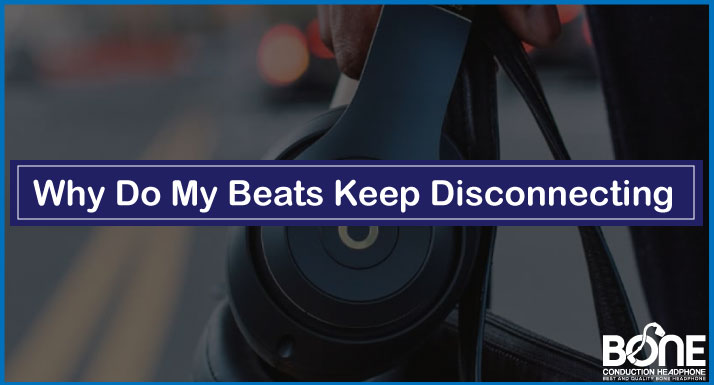
![How To Clean Sony Headphones [Simple Guide]](https://www.boneheadphonesera.com/wp-content/uploads/2022/12/How-To-Clean-Sony-Headphones.jpg)
